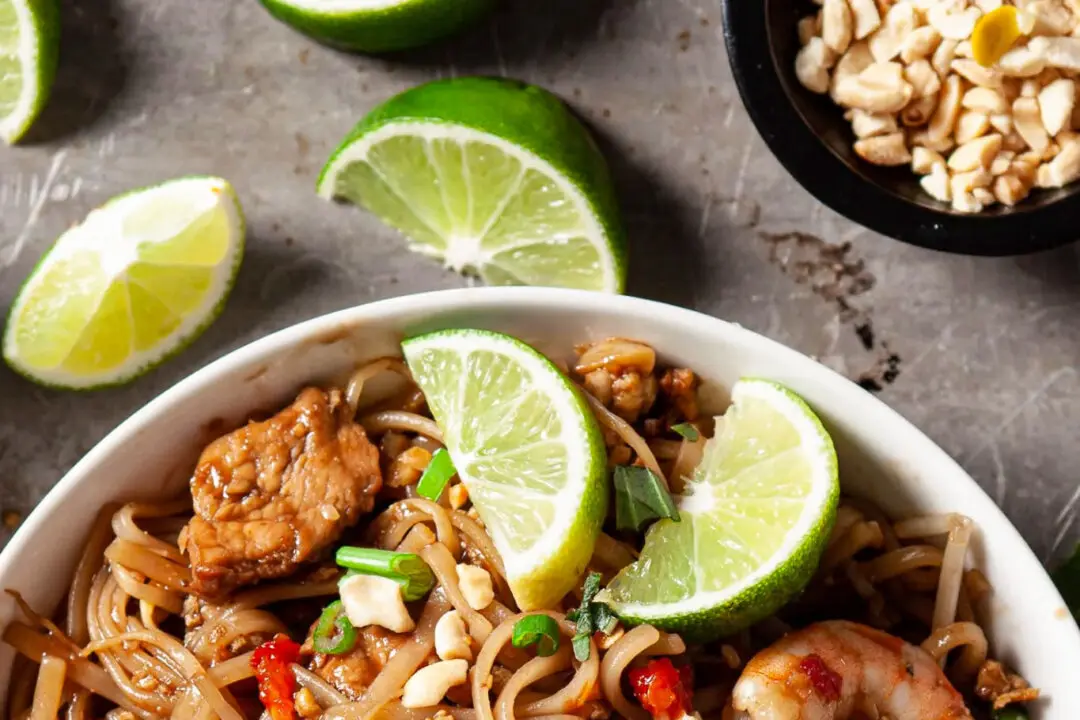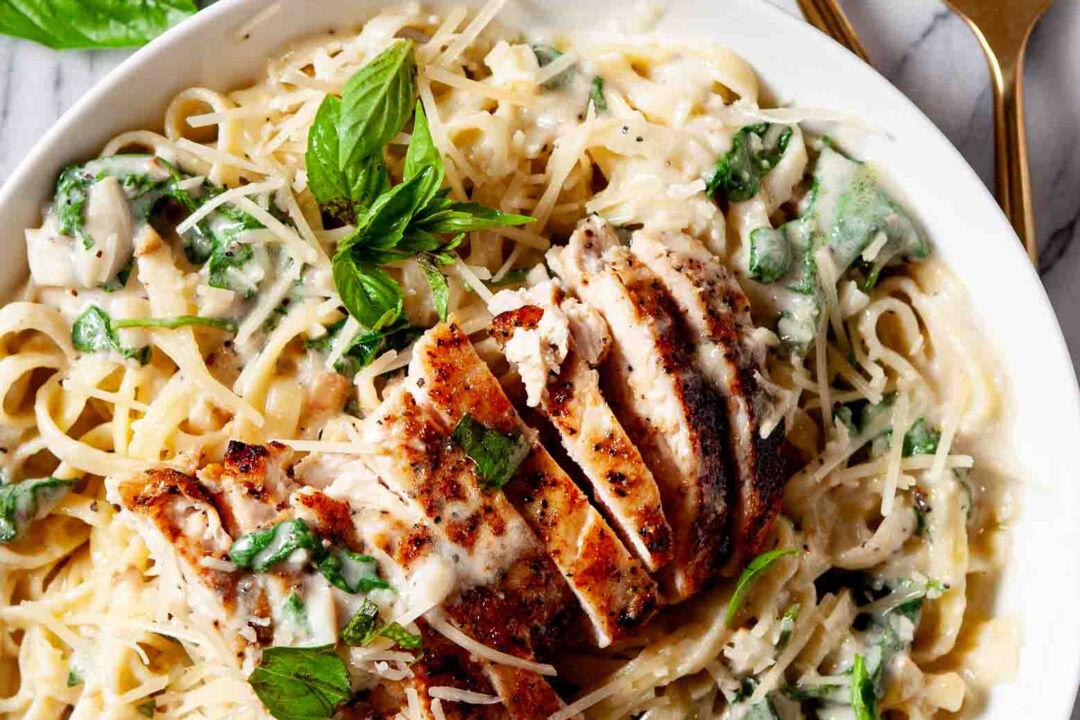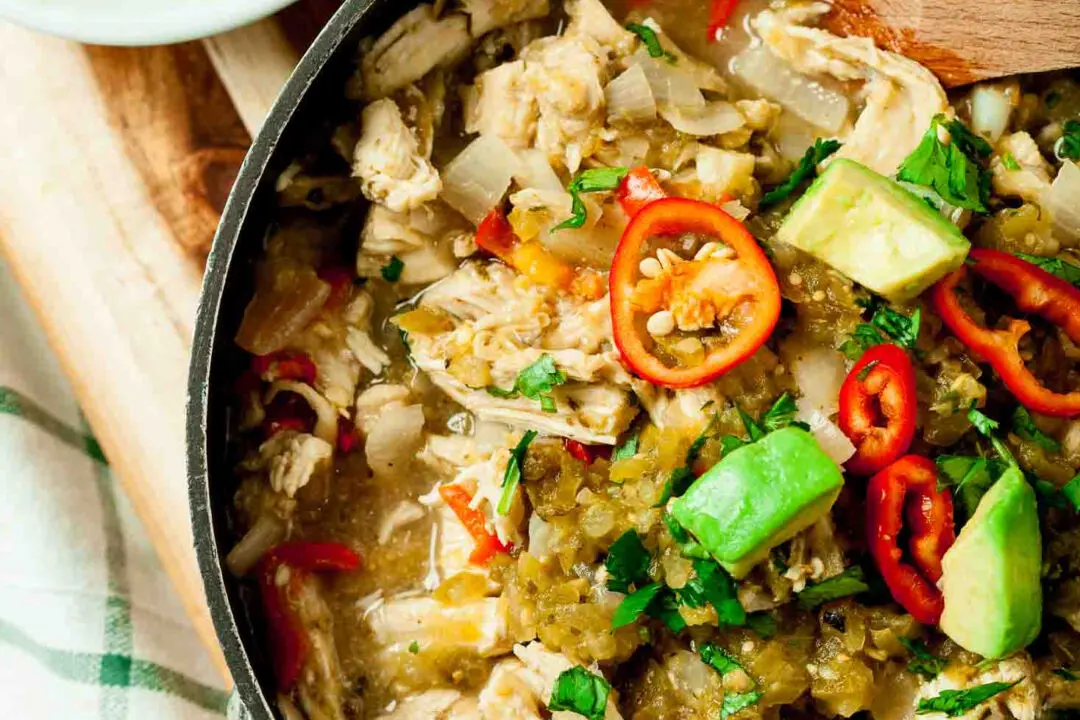Crispy Beer Battered Fish
This beer battered fish recipe is such a catch, you’ll be luring eaters to the table in no time. After all, we’re talking golden crispy fish and chips, fresh out of your own kitchen.Crispy fish and chips have become a family favorite throughout the years, and this beer battered fish recipe holds the key.

How To Fry Fish Without A Deep Fryer
- Use a deep and heavy pot that’s large enough to allow frying without overcrowding.
- A good cooking thermometer is essential, as it’s important to keep the oil temperature at a steady 350F throughout the frying process.
- If the oil temperature dips below 325F during cooking, the batter will retain moisture, absorb excess oil, and emerge with a soggy and greasy coating. Not what you’re going for.
- When oil temperature gets above 375F for too long, it can start smoking and may impart off-putting flavors. Not to mention, the exterior will burn before food is cooked through.
More Tips For Successful Deep Frying
- Cut fish into thin, even strips about 1 ounce each. Evenly sized pieces make for even cooking.
- It’s worth repeating: use a deep frying thermometer, and let oil regain its correct temperature before cooking next batch.
- Choose the deepest pot you have, and fill it about half full.
- Use a splatter guard to prevent random oil splatters on the wall or in your eye.
- Always, always fry in small batches, ensuring that pieces don’t touch.
- Briefly drain just-fried fish on a plate or rack lined with paper towels to absorb outer grease.
- Like most fried foods, it’s best served while hot and fresh. If not able to eat right away, place fried fish in a single layer on a rack and place in oven at 200F to keep warm.




What’s The Best Type Of Fish To Use?
- Firm, white fish works beautifully for any beer battered fish fry.
- Cod is our favorite choice of white fish for fried fish, as it tends to stay tender and resists drying out. It’s one of the most forgiving choices.
- Halibut is another great choice for tender texture, albeit a more expensive option.
- Pollock and tilapia are accessible and popular choices for frying, as both are mild in flavor.
- Frozen fish fillets work just as well as fresh fish; just be sure to drain and pat dry all excess moisture from any fish you use.
Which Oil Is Best For Frying?
- Most vegetable oils are good for frying, as their smoke points are high enough to be safe.
- Corn oil and olive oil have smoke points of about 410°F
- Canola oil has a safe smoke point of 435°F
- Peanut, soybean, and safflower oils have the highest smoke points at 450°F
- Tip: use a budget-friendly oil, as you’ll be using a larger amount of it when deep frying

Serve Fried Fish With These Sides
- Serve it with these Air Fryer French Fries, which are crispy and delicious without the need for additional deep frying.
- If someone in the family loves creamy ranch dressing, use that in place of tartar sauce.
- Slices or slivers of dill pickles balance out the fried food perfectly. Also, pickles definitely count as a vegetable.
- Try this Crunchy Cabbage Ramen Salad for a crispy, hearty, healthy dose of delicious vegetables.
More Fish To Cook And Eat
- Easy Fish Recipes (12 of our all time favorites)
- Lemon Garlic Swordfish Recipe
- Crispy Baja Fish Tacos with Creamy Lime Sauce
- Easy Lemon Butter Fish in 20 Minutes
- Baked Salmon with Ginger Soy Marinade
Common Questions And Answers
Q: How can I reuse the oil? A: If the oil is still clear and light in color, you can store it in an airtight container in a cool and dry place, for another deep fry in the near future. Be sure to strain out the bits and crumbs before storing.Beer Battered Fish Fry
This beer battered fish fry is simple, accessible, and tastes just as good as your favorite restaurant fish fry. Use a firm white fish for tender, flaky texture on the inside and golden crispiness on the exterior.In deep pot large enough to prevent over-crowding or deep fryer, heat oil to 350F. Keep watch on cooking thermometer throughout frying process, turning up the heat between batches so you can maintain the 350F while frying (maintaining oil temperature is essential for attaining crispy texture that’s not too greasy.)
Use paper towels to fully pat dry all excess moisture from the fish fillets on all sides. Place enough cornstarch in a shallow pan, to be used for dredging.
Working in batches, dredge a few fish fillets into cornstarch and shake off excess. Dip fish into batter, let excess drip off, and gently submerse in the oil (I use a splatter guard). Do not overcrowd; be sure pieces do not touch each other or they will stick together.
Turn fish over in oil as needed to evenly brown all sides, about 2 minutes or until golden brown and crisp. Place on rack lined with paper towels and keep warm in oven while you finish frying remaining fish, or serve as you cook. Fish fry is best enjoyed immediately.
Gluten-free option: use rice flour in place of all-purpose flour.
If you happen to have any left over, use it for excellent fish tacos the next day.
To reheat in oven: Set oven to 350F on convection bake. Heat fish on oven-safe wire rack set over sheet pan, 10-15 minutes. For toaster oven, heat fish at 350F for 8-10 minutes.
To reheat on stovetop: Coat a large skillet with oil over medium high heat. When oil is smoking, cook fish 2-3 minutes per side or until crisp.






